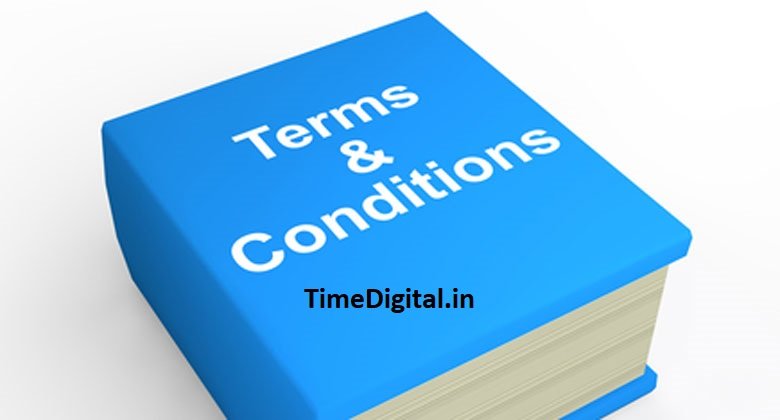Introduction to Terms and Conditions
Understanding the importance of clear terms and conditions for both websites and email accounts is crucial in the digital era. Whether you operate a website like timedigital.in or use Gmail for communication at timedigital24@gmail.com, having comprehensive terms and conditions helps establish expectations and protect your interests.
What Are Terms and Conditions?
Explaining the purpose and scope of terms and conditions for websites and email accounts.
Importance of Terms and Conditions
Highlighting the benefits of having clear terms and conditions, including legal protection and user agreement.
Drafting Terms and Conditions for Your Website
Introduction Section
How to introduce the purpose and scope of your terms and conditions effectively.
User Agreement
Detailing the agreement between users and your website’s services or content.
Acceptance of Terms
Guidelines on how users agree to your terms and conditions.
User Responsibilities
Defining users’ responsibilities when using your website.
Limitations of Liability
Protecting your website from legal liabilities and outlining limitations.
Disclaimer of Warranties
Explaining what warranties, if any, your website provides.
Limitation of Liability Clause
Limiting your liability in case of misuse or damages caused by users.
Implementing Terms and Conditions for Gmail
Introduction to Gmail Terms of Use
Understanding Google’s terms of service for using Gmail accounts.
Google’s Terms of Service Overview
Summarizing key points from Google’s terms of service.
User Conduct and Responsibilities
Detailing what users are and are not allowed to do with Gmail.
Privacy and Data Protection
Explaining how Gmail handles user data and privacy concerns.
Google’s Privacy Policies
Linking to Google’s privacy policies and explaining their relevance.
Data Security Measures
Ensuring user data security when using Gmail.
Conclusion
In conclusion, drafting comprehensive terms and conditions for your website and Gmail account is essential for legal protection and setting clear expectations with users. By outlining user responsibilities, limiting liabilities, and addressing privacy concerns, you can create a safer and more transparent online environment.
FAQs
- Do I need terms and conditions for my website? Yes, terms and conditions help protect your website legally and set expectations for users.
- What should be included in terms and conditions? Include user responsibilities, limitations of liability, dispute resolution, and intellectual property rights.
- Can I use Google’s terms of service for Gmail? While you can refer to Google’s terms, it’s recommended to customize them to fit your specific needs.
- How often should I update my terms and conditions? Update them whenever there are changes in your services, legal requirements, or user agreements.
- Where should I display my terms and conditions? Make them easily accessible on your website footer and include a checkbox for users to agree before using your services.
